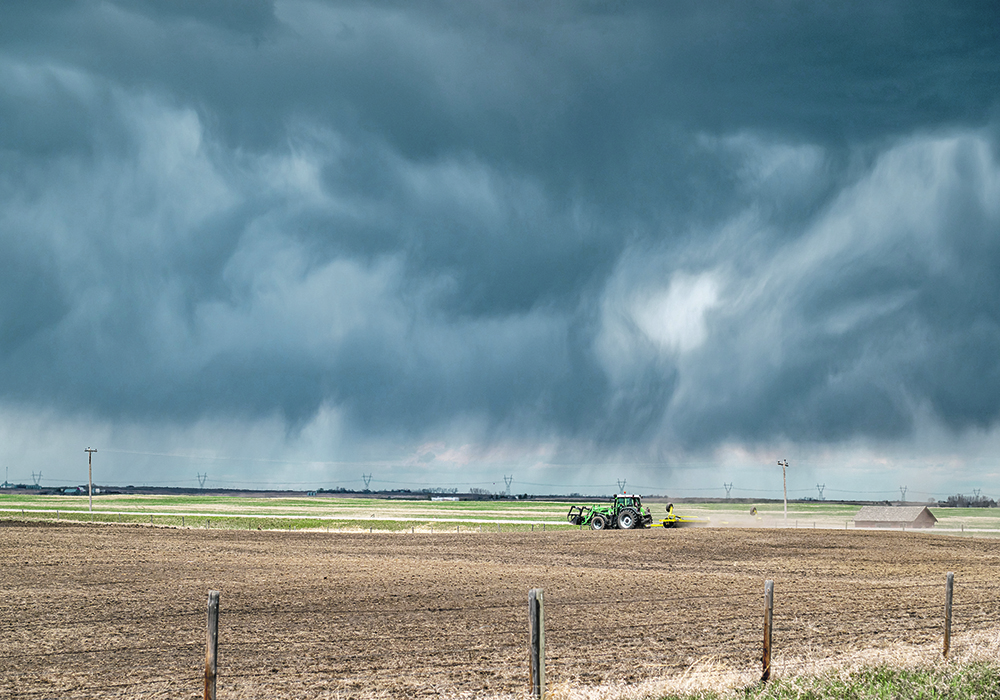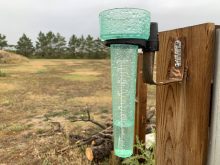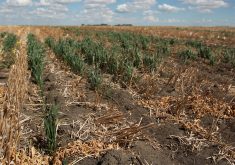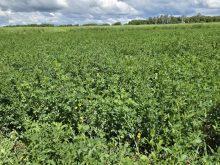Latest forecast doesn’t hold out much hope in May for adequate rainfall in the dry areas of Saskatchewan and Alberta
Western Canadian farmers will have to wait until June to get relief in the problem areas of the Prairies, says a weather forecaster.
It looks like more of the same in May, said Drew Lerner, president of World Weather Inc.
Farmers in the drought-stricken areas of western Saskatchewan and eastern and southern Alberta should not expect persistent or uniform rainfall in May.
“We’re just not going to be able to fix the deficit there in a significant manner,” he said.
“We are going to be left with some worry over whether or not we’re ever going to get enough moisture to support the crop for more than a week or so.”
Read Also

Using artificial intelligence in agriculture starts with the right data
Good data is critical as the agriculture sector increasingly adopts new AI technology to drive efficiency, sustainability and trust across all levels of the value chain.
Unfortunately, the rain will instead be falling in eastern Saskatchewan and Manitoba in places where it isn’t needed.
“The drying in the region is going to be slow, so the planting is not going to advance as quickly as it needs to,” said Lerner.
Western and northern Alberta will receive a combination of cool air and precipitation in May, slowing fieldwork in the Peace country and around the Slave Lake area.
The situation doesn’t look good for the start of the new crop year but June should bring some welcome changes.
La Nina has peaked and will weaken over the next couple of months. The same goes for the stratospheric warming that was responsible for the cold and “crazy” weather in April.
That should result in a general warming trend in May and June.
Lerner is also forecasting some significant rains in the parched southwest region of the Prairies in June, although not enough to fix the deep soil moisture deficit.
“It’s still not ideal but a lot better than May,” he said.
There should also be a better balance of precipitation in the eastern Prairies. There will still be rainfall in June but it won’t be as “abundantly wet” as May.
There will still be areas of surplus moisture in Manitoba but other areas will be in better shape than they were in May.
He is forecasting less precipitation and warmer temperatures in western and northern Alberta in June.
Lerner said the winds should also die down a bit in May and June compared to March and April.
The drought causes temperatures to rise and fall more rapidly than normal, which in turn causes air to rise and sink.
“The wind is a byproduct of the changing pressures,” he said.
Lerner forecasts fewer high-pressure systems and more small weather disturbances instead.
That should keep the pressures from gyrating significantly and calm everything down.
There are still a lot of droughts in the prairie region, so there will be some winds but not to the extremes that have been prevalent of late.
















